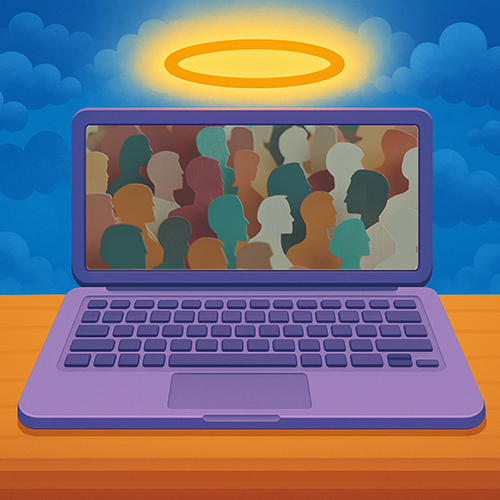The next time you’re forced to wake up an hour earlier due to Daylight Saving Time, blame Benjamin Franklin.
It was Franklin who pointed out that we waste a precious resource—sunlight—
by sleeping long past sunrise and turning in long after dark. His preferred solution was to blow horns as the sun rises. The government proposed a kinder, gentler solution: Daylight Saving Time.
Since its introduction in Franklin’s time, Daylight Saving Time (DST) has been promoted as a way to save energy. Hendrik Wolff, assistant professor of economics, recently tested that assumption.

“Whenever there are high oil prices, the government discusses extending Daylight Saving Time,” says Wolff. Recent examples include Ronald Reagan extending DST to early April, citing energy savings, and George W. Bush extending it to mid-March as part of the 2005 U.S. energy bill. The bill estimated a daily energy savings of 1 percent during the extension period; studies in other countries have estimated up to a 3.5 percent daily energy savings with extended DST.
“After reading a New York Times article about this, I dug out old studies,” says Wolff. “Although they were well done, my feeling was that they were overestimating energy savings.”
The problem, explains Wolff, is that DST extensions are often accompanied by other legislation promoting energy efficiency, making it hard to isolate the benefits of DST. He and a colleague at UC, Berkeley decided to study a DST extension not tied to energy concerns: a two-month extension in Australia for the 2000 Olympics, implemented to reduce shadows on playing fields during afternoon games. “That disentangled the DST from energy concerns,” says Wolff.
Wolff analyzed electricity consumption from 1998 through 2005 in four Australian states. One Australian state did not adopt the extended DST during the Olympics, providing a useful control for the study.
Wolff’s findings? There were no energy savings. “We did see evening energy use reduced by 6-7 percent,” he says, “but in the morning it increased by 8 percent, with people turning on heat and lights earlier. That is statistically significant.”
Given that San Francisco’s climate is similar to Melbourne’s, Wolff then reprogrammed an existing California simulation model created by the California Energy Commission in 2001. “The model suggested a 3.5 percent reduction from peak,” says Wolff. “We found that it overpredicted savings in the evening and didn’t account for additional use in the morning.”
As for the future status of DST, the 2005 U.S. energy bill prescribes that the recent extension be repealed should studies demonstrate that it does not reduce energy consumption. However, extending DST may have non-energy impacts that are economically important and may be worthy of greater consideration in the setting of DST policy.
“The question is, are there other social dimensions to DST, such as more leisure time in the evening, that might be important to society?” says Wolff. "One day I might want to look at that question.”
More Stories

The Public Impact of Private Cities
Geography major Edwin Bai has researched private cities, developed by individuals and corporations, that "take the libertarian idea of low government regulation to the maximum."

The Curious Journey of Chinese Characters
Several Asian countries adapted the Chinese writing system—the oldest writing system still in use—for their own languages. In a new book, Professor Zev Handel shares how that happened.

Can Machines Learn Morality?
UW researchers at the Institute for Learning & Brain Sciences and in the Allen School are exploring the potential for training AI to value altruism.